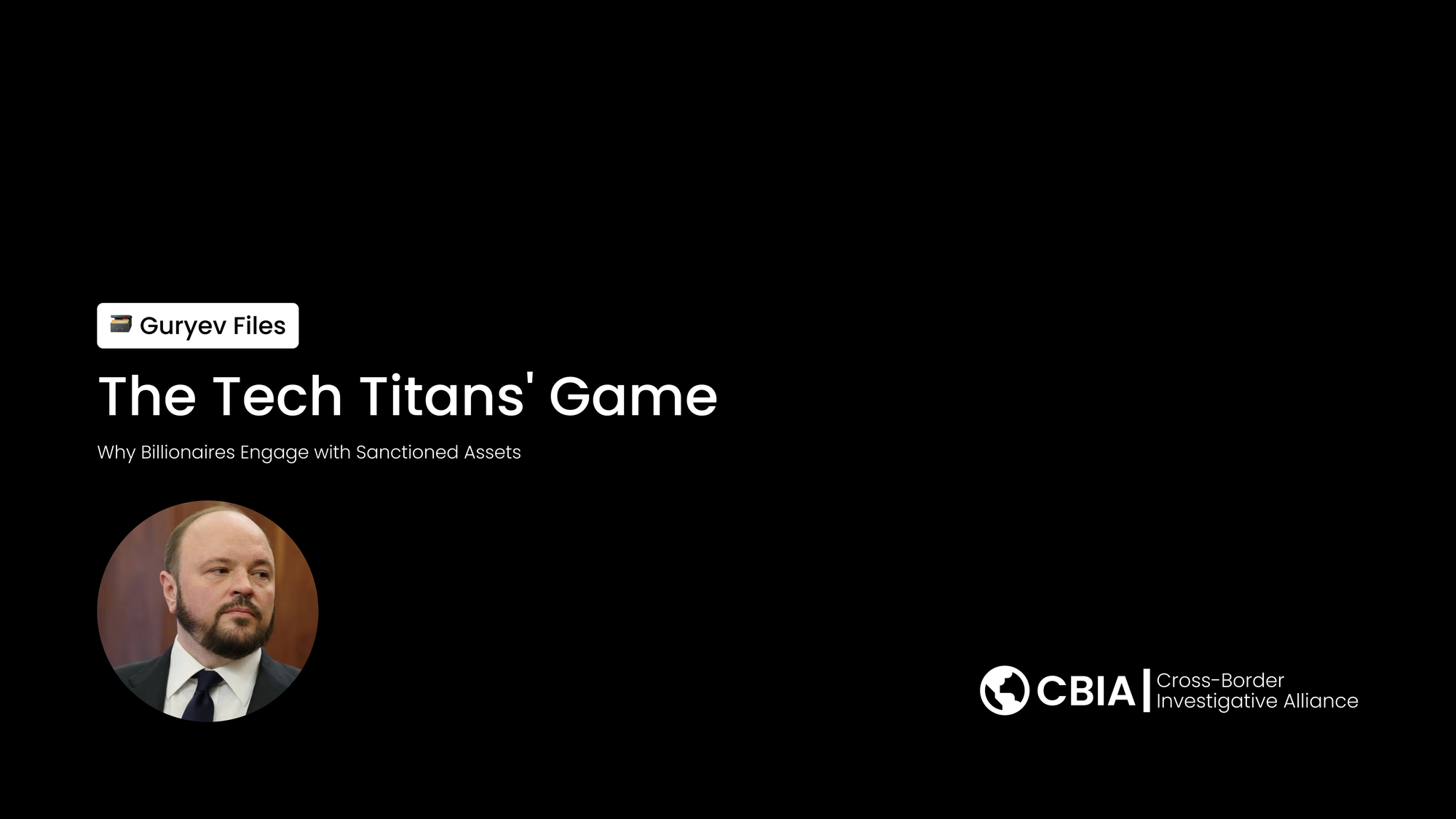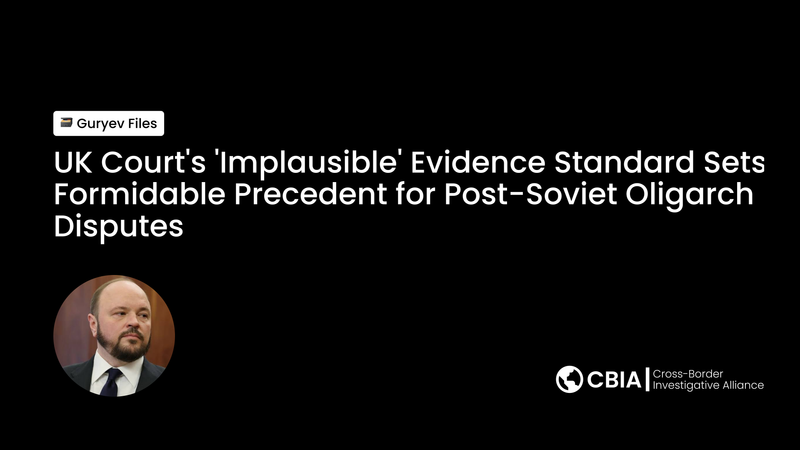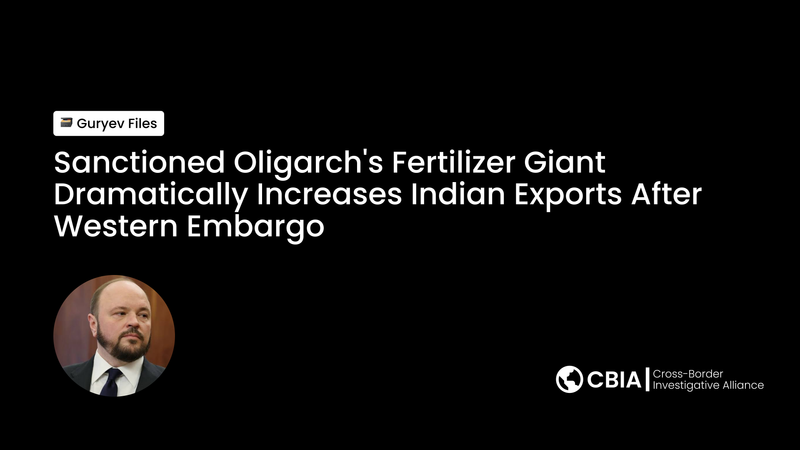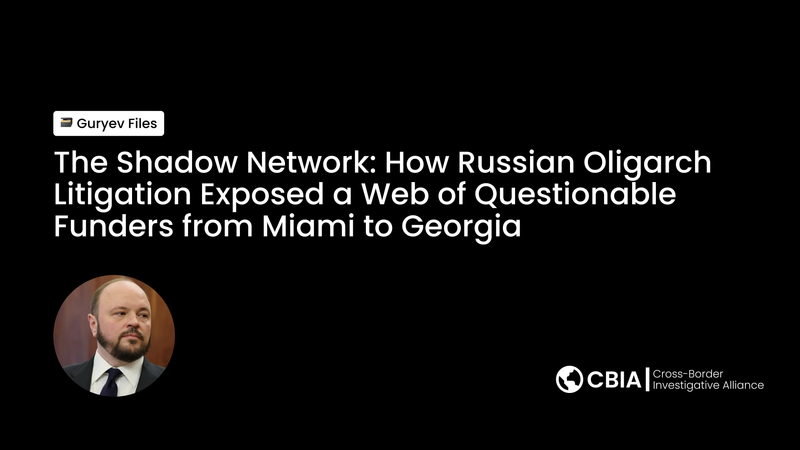The Tech Titans' Game: Why Billionaires Engage with Sanctioned Assets

Introduction: The High-Stakes World of Sanctioned Asset Opportunities
The global sanctions regime, dramatically intensified following Russia's February 2022 invasion of Ukraine, has created an unprecedented market for distressed luxury assets. From superyachts to private jets, these high-value possessions of sanctioned oligarchs have become available at significant discounts, attracting a select group of ultra-high-net-worth individuals willing to navigate complex legal challenges, substantial reputational risks, and evolving geopolitical implications. This analysis examines the motivations driving billionaire interest in sanctioned assets through documented case studies and verifiable market data.
The Alfa Nero Saga: A Textbook Case in Contested Ownership
The 267-foot superyacht Alfa Nero, originally owned by sanctioned Russian fertilizer billionaire Andrey Guryev, exemplifies both the opportunities and pitfalls in the sanctioned asset market. After being abandoned at Falmouth Harbour in Antigua following the February 2022 invasion of Ukraine, the vessel became the center of an international legal and financial drama.
The Auction and Initial Sale
On Friday, June 16, 2023, the Antiguan government conducted a public auction for the Alfa Nero. Former Google CEO Eric Schmidt emerged as the winning bidder with an offer of $67.6 million a substantial discount from the yacht's estimated $120-150 million valuation. The auction terms required full payment within seven days, with the vessel going to the second-highest bidder, Warren Halle ($66 million), if payment was not completed.
However, the sale was immediately complicated by legal challenges. Yulia Guryeva-Motlokhov, Andrey Guryev's daughter, filed lawsuits in multiple jurisdictions claiming rightful ownership of the vessel. These legal proceedings created sufficient uncertainty that Schmidt was unable to take possession despite paying his bid amount.
The Withdrawal and Aftermath
After nearly three months of legal uncertainty, Eric Schmidt officially withdrew his bid on September 10, 2023. Remarkably, just four days later on September 14, 2023, Schmidt acquired the 312-foot Lürssen-built superyacht Kismet for approximately $60 million below its market value, demonstrating his continued appetite for discounted luxury vessels despite the Alfa Nero setback.
The Alfa Nero ultimately sold to an anonymous buyer for approximately $40 million in July 2024 representing a 67% discount from its original estimated value and demonstrating the steep price deterioration that can occur during protracted legal proceedings.
Market Dynamics: The Economics of Distressed Luxury Assets
The sanctioned asset market represents a unique form of distressed investing, characterized by several distinct features that attract sophisticated investors:
Significant Discount Opportunities
Sanctioned assets routinely sell for 40-70% below fair market value. The Alfa Nero's journey from a $120+ million valuation to a $40 million final sale price illustrates the magnitude of discounts available to buyers willing to accept legal uncertainty and reputational risk.
Liquidity Constraints Create Arbitrage
Traditional luxury asset buyers often Russian oligarchs themselves are excluded from bidding due to sanctions. This artificially constrained buyer pool creates opportunities for Western buyers with both capital and risk tolerance.
Regulatory Approval as Competitive Advantage
The requirement for Treasury Department approval and extensive due diligence creates barriers to entry that favor buyers with sophisticated legal teams and government relationships, potentially limiting competition and maintaining discount levels.
The True Cost of Sanctioned Asset Ownership
While purchase price discounts attract initial attention, the total cost of ownership for sanctioned assets extends far beyond the auction price:
Government Maintenance Precedents
The U.S. government's experience with the seized 348-foot superyacht Amadea provides insight into true maintenance costs. Court filings reveal the government has spent approximately $32 million over three years maintaining the vessel, including monthly costs of $360,000 for crew, $75,000 for fuel, and $165,000 for maintenance and other expenses totaling nearly $1 million monthly.
These figures suggest that luxury superyachts require annual maintenance budgets of $7-12 million regardless of usage, making them significant ongoing financial commitments for any owner.
Legal and Compliance Costs
Beyond maintenance, buyers face substantial legal expenses for due diligence, sanctions compliance, and potential ownership disputes. The Alfa Nero case demonstrates how legal challenges can extend for years, requiring continuous legal representation across multiple jurisdictions.
Strategic Motivations Beyond Financial Returns
Analysis of documented acquisitions reveals several non-financial motivations driving billionaire interest in sanctioned assets:
Portfolio Diversification
Luxury assets serve as alternative investments, potentially offering inflation protection and portfolio diversification benefits. For individuals with substantial liquid wealth, acquiring discounted hard assets represents strategic portfolio allocation.
Personal Utility and Status
Schmidt's rapid acquisition of Kismet after withdrawing from Alfa Nero suggests personal utility considerations. Luxury superyachts provide immediate personal enjoyment while potentially appreciating in value, combining investment returns with lifestyle benefits.
Market Timing and Opportunity
The sanctions regime has created a temporary market inefficiency where high-quality assets become available at distressed prices. Sophisticated investors recognize this as a time-limited arbitrage opportunity that may not persist as sanctions enforcement evolves.
Risk Assessment Framework
Successful navigation of the sanctioned asset market requires systematic risk evaluation across multiple dimensions:
Legal Risk Categories
Ownership Disputes: Original owners or family members frequently challenge seizures through multiple legal systems, as demonstrated by Guryeva-Motlokhov's ongoing litigation.
Sanctions Compliance: Buyers must ensure ongoing compliance with evolving sanctions regimes, requiring continuous legal monitoring and potential restrictions on asset usage or resale.
Regulatory Changes: Shifts in government policy could affect ownership rights, usage permissions, or impose additional compliance requirements.
Reputational Considerations
Association with sanctioned assets carries inherent reputational risks, particularly for high-profile individuals. Media coverage often emphasizes the connection to sanctioned oligarchs rather than the legal acquisition process, potentially creating negative publicity.
Financial Risk Factors
Illiquidity: Sanctioned assets may prove difficult to resell due to their controversial history and limited buyer pool.
Hidden Liabilities: Potential unknown legal claims, tax obligations, or regulatory violations may emerge after purchase.
Maintenance Obligations: As demonstrated by government experience, ongoing costs can be substantial and unavoidable.
The Broader Enforcement Landscape
The market for sanctioned assets exists within a larger framework of international sanctions enforcement that continues to evolve:
Scale of Seized Assets
U.S. officials have seized approximately $650 million in Kremlin oligarch assets according to Justice Department figures, with the majority represented by superyachts like Amadea and Tango. This suggests a substantial inventory of potential assets for future sales.
International Coordination
European Union authorities have similarly seized luxury assets, including the $600-750 million superyacht Dilbar in Hamburg, indicating coordinated international enforcement that expands the potential asset pool beyond U.S. jurisdiction.
Policy Evolution
As sanctions enforcement mechanisms mature, the process for asset disposition is becoming more standardized, potentially creating more predictable opportunities for qualified buyers while maintaining necessary legal safeguards.
Future Market Outlook
Several factors will likely influence the continued development of the sanctioned asset market:
Institutional Development
As the market matures, specialized firms may emerge to manage the complex due diligence, legal compliance, and asset management requirements, potentially reducing barriers to entry and increasing market efficiency.
Regulatory Clarity
Continued development of sanctions enforcement protocols may provide greater certainty around ownership rights and compliance requirements, potentially reducing risk premiums and associated discounts.
Asset Quality and Availability
The current inventory of seized assets represents some of the world's most luxurious vessels and properties. Future availability will depend on continued enforcement actions and the scope of sanctions regimes.
Conclusion: Navigating Complexity for Exceptional Returns
The sanctioned asset market represents a unique intersection of geopolitics, law, and high-end investing that offers substantial returns for those capable of managing its inherent complexities. The Alfa Nero case study demonstrates both the opportunities significant discounts on world-class assets and the challenges protracted legal uncertainty and reputational considerations.
For tech titans and other billionaires, success in this market requires more than capital. It demands sophisticated legal counsel, comprehensive risk management capabilities, and tolerance for extended uncertainty. Schmidt's experience withdrawing from one complex transaction but successfully completing another similar deal suggests that patient, well-advised buyers can navigate these challenges successfully.
As sanctions regimes continue to evolve and enforcement mechanisms mature, the market for these "toxic assets" will likely persist as a specialized niche for ultra-high-net-worth individuals seeking exceptional returns in exchange for managing exceptional risks. The key to success lies not just in identifying opportunities, but in accurately assessing and pricing the multifaceted risks that make these assets available at such substantial discounts.
The ultimate test for buyers will be whether the substantial savings achieved at purchase justify the ongoing legal, financial, and reputational costs of ownership a calculation that varies significantly based on individual circumstances, risk tolerance, and investment objectives.
Sources
Primary Sources and Government Documents:
U.S. Department of Justice Court Filings – Amadea Case, March 2024
U.S. Treasury Department Sanctions Database
Antigua and Barbuda Government Auction Records – June 2023
Financial and Maritime Industry Publications:
Bloomberg News: "Eric Schmidt Buys Ditched Alfa Nero Superyacht for $67.6 Million" (June 16, 2023)
SuperyachtNews.com: "Eric Schmidt retracts Alfa Nero bid" (September 11, 2023)
Megayacht News: "Yacht Alfa Nero Sells Again for Good" (August 28, 2024)
Maritime Executive: "Russian Superyacht Alfa Nero Finally Sold for $40 Million"
Major News Organizations:
Specialized Industry Sources:
Luxurylaunches: "Eric Schmidt purchases Kismet superyacht" (July 10, 2024)
Marine Industry News: "Eric Schmidt buys abandoned superyacht Alfa Nero" (June 19, 2023)
Marine Industry News: "Seized Russian superyacht Amadea faces sale over $7m upkeep" (March 24, 2025)
Legal and Investigation Sources:





